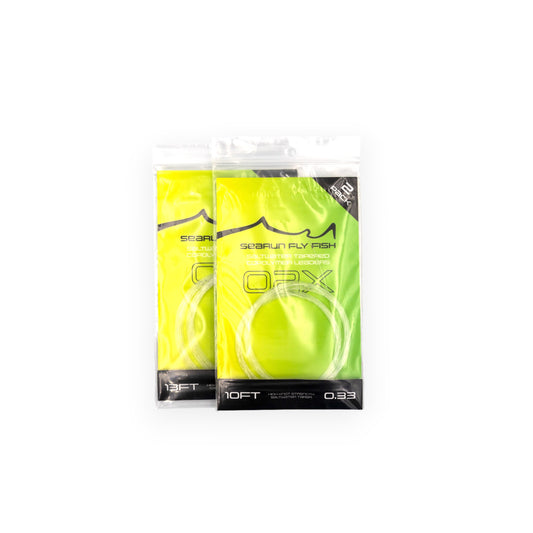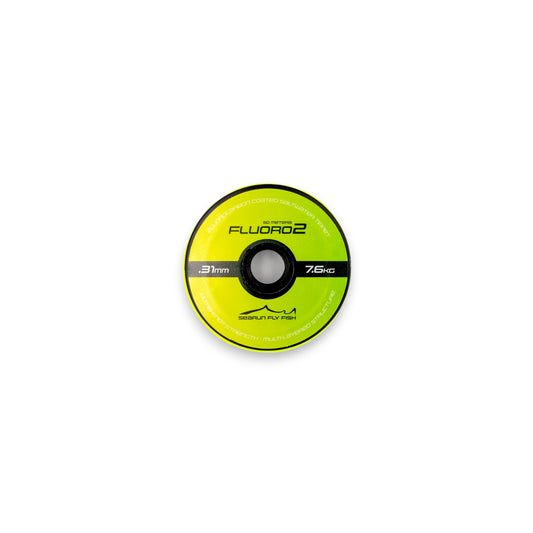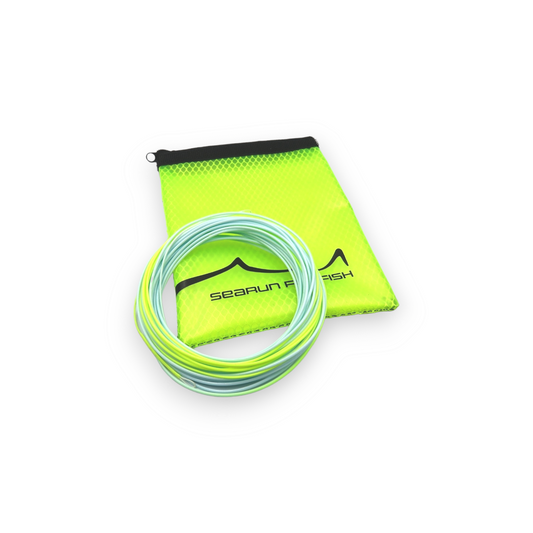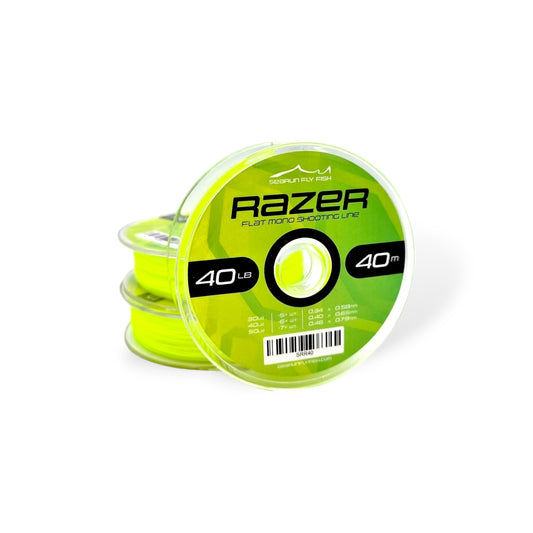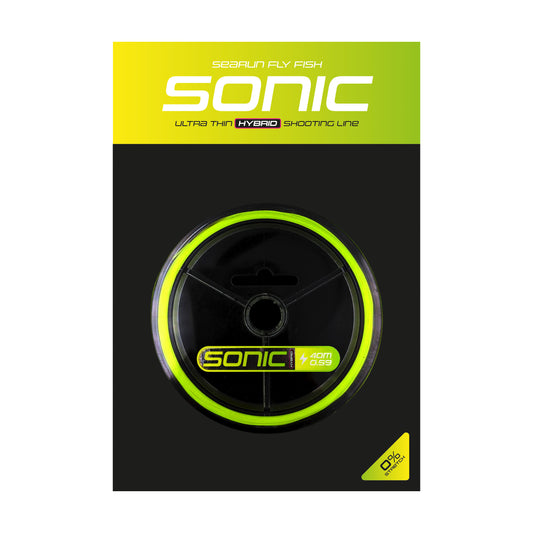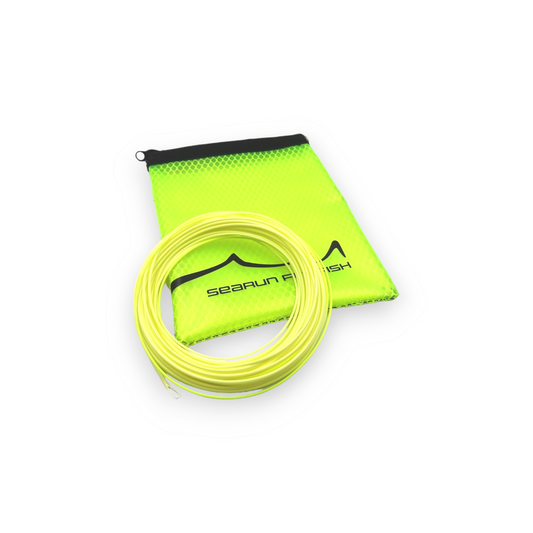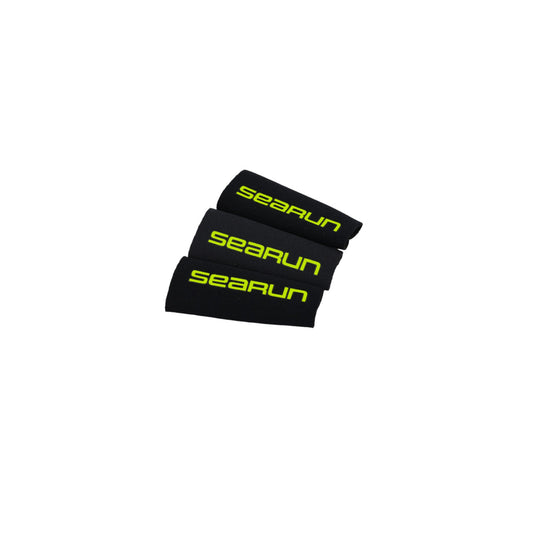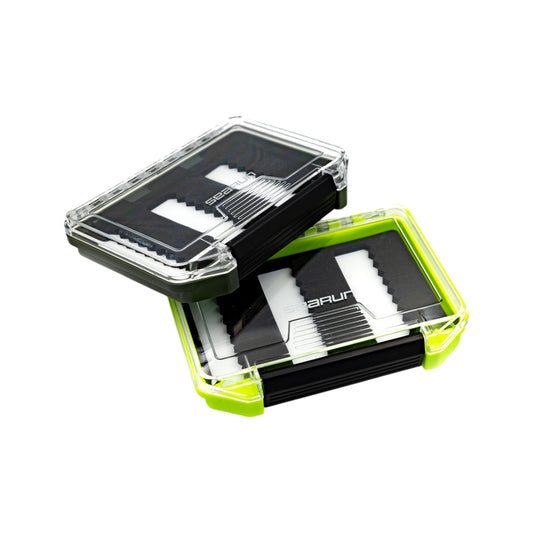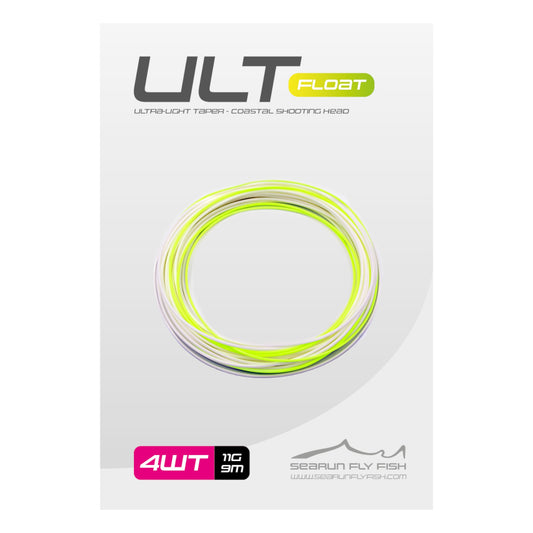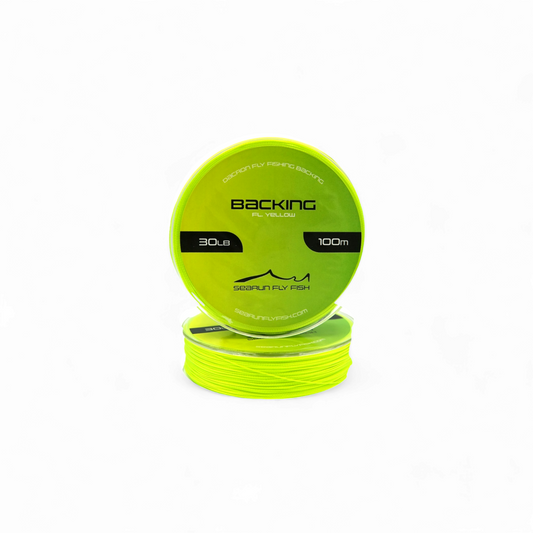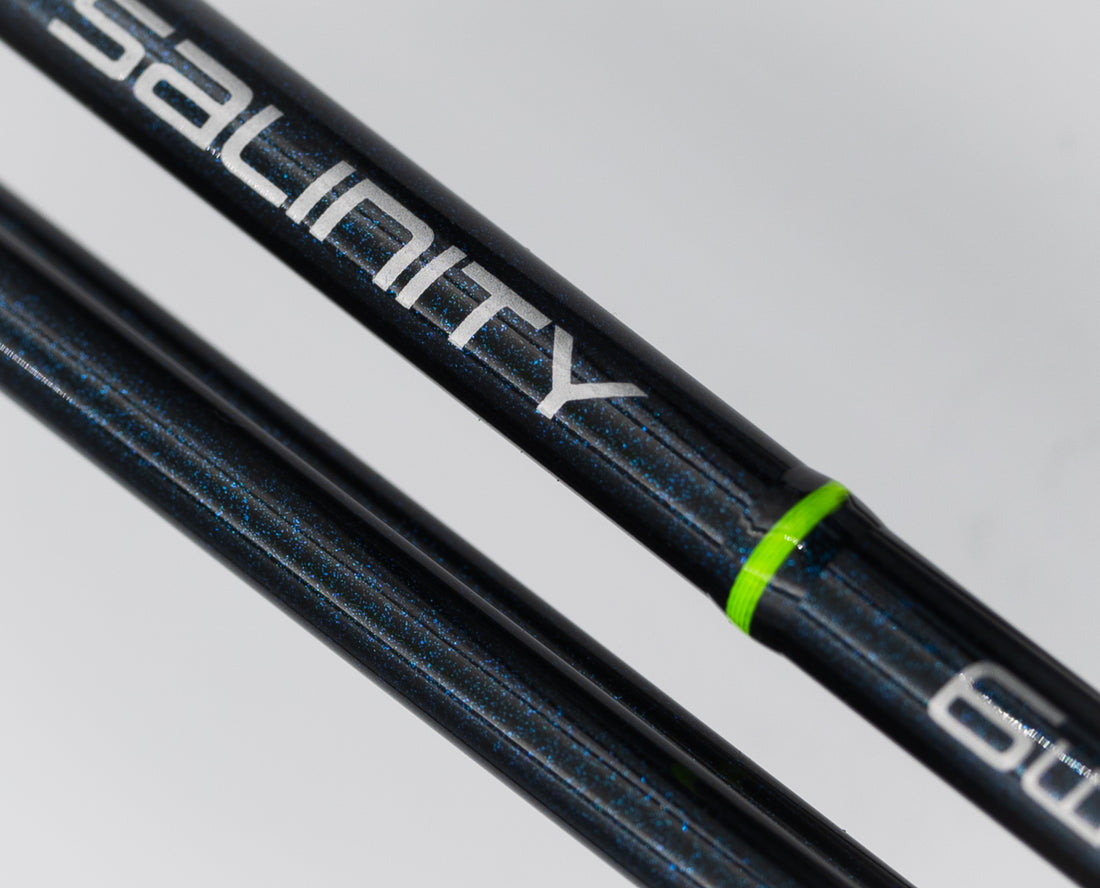
Graphene: The Game-Changer in Fly Rod Technology
Share
The world of fly fishing is continually evolving, with advancements in technology pushing the boundaries of what’s possible on the water. One of the most exciting developments in recent years is the use of graphene in fly rod manufacturing. This cutting-edge material is revolutionizing the industry, offering anglers enhanced performance and durability. Here’s a closer look at how graphene is transforming fly rod technology and what it means for your fishing experience.
What is graphene?
Graphene is a single layer of carbon atoms arranged in a two-dimensional lattice. Discovered in 2004 by physicists Andre Geim and Konstantin Novoselov, this material is renowned for its extraordinary properties. It’s incredibly strong—about 200 times stronger than steel—yet remarkably lightweight. Graphene also boasts excellent thermal and electrical conductivity and is highly flexible. These properties make it an ideal candidate for enhancing fly rod construction.
The first company to use graphene in spin fishing rods was Garbolino, a French fishing tackle manufacturer. In 2015, Garbolino introduced the Altima Spin series, which was among the first spin fishing rods to incorporate graphene into their construction. This innovation was significant because graphene's exceptional strength, light weight, and flexibility enhanced the rods' performance, making them more sensitive and durable compared to traditional materials.
Later, in 2016, Hardy became the first to use graphene in fly fishing rods with the launch of the Hardy Zephrus series. This marked the extension of graphene technology from spin fishing to fly fishing, further demonstrating the material's versatile benefits in fishing rod design.
The Benefits of Graphene in Fly Rods
- Enhanced Strength and Durability: One of the primary advantages of integrating graphene into fly rods is the increased strength and durability. Graphene’s exceptional strength-to-weight ratio allows for the creation of rods that are both lightweight and incredibly strong. This means that fly rods can be made thinner without compromising their ability to withstand the stresses of casting and battling fish. As a result, anglers benefit from rods that are more resistant to breakage and wear, even in demanding conditions.
- Improved Sensitivity: Graphene’s remarkable conductivity translates into enhanced sensitivity in fly rods. The material’s ability to transmit vibrations with minimal loss allows for a more responsive rod tip. This increased sensitivity helps anglers detect even the subtlest of takes, improving the overall fishing experience. Whether you’re targeting delicate trout or powerful saltwater species, a graphene-enhanced rod can offer greater feedback and precision.
- Lightweight and Balanced: Traditional fly rods often trade off weight for strength, leading to rods that can feel cumbersome during prolonged use. Graphene’s lightweight nature allows manufacturers to create rods that are both strong and remarkably light. This helps achieve a better balance and reduces fatigue during extended casting sessions. A well-balanced rod enhances casting accuracy and control, allowing for longer and more precise presentations.
- Increased Flexibility and Recovery: Flexibility and recovery are crucial for casting performance and hook-setting. Graphene’s flexibility enables rods to bend more easily and recover quickly from each cast. This results in smoother casting actions and improved accuracy. Additionally, the material’s ability to return to its original shape efficiently aids in the rod’s overall performance, making it more versatile for various casting techniques and conditions.
SALINITY SERIES
The SALINITY+ graphene-enhanced carbon fiber fabric combines graphene and carbon fiber within an epoxy resin. This advanced composite material improves bonding strength between the fiber and resin while aligning the graphene and carbon fibers to enhance the fabric's rigidity. By strengthening resistance to cracking caused by entanglement between graphene chains, this material increases the breaking strength. It reduces the rod's weight by 8% and boosts fracture strength by 10%, resulting in a lighter and stronger rod. Additionally, the integration of graphene with the latest Nano technology has effectively doubled the rod’s performance and strength.
Graphene is utilized at various stages and in multiple materials throughout the design of the SALINITY fly rods. In addition to being incorporated into the resin, it provides directional strength within the carbon fiber layers and is integrated into the structural design of the blank. This application of graphene adds incredible stability and balance to the fly rod.
History of Graphene
Graphene was not discovered in 1961, but its theoretical properties were discussed in scientific literature around that time. The actual isolation and recognition of graphene as a distinct material occurred much later.
Here’s a brief timeline to clarify:
- 1947: Theoretical studies on graphite and its properties, including graphene, began with work by physicist Philip R. Wallace. He theoretically described the electronic properties of graphene, but it was not isolated or studied experimentally.
- 1961: There was some theoretical work and speculation about two-dimensional materials, including graphene, in the scientific community. However, graphene itself was not isolated or identified as a unique material in this year.
- 2004: Graphene was first successfully isolated and characterized by Andre Geim and Konstantin Novoselov at the University of Manchester. They used a technique involving the exfoliation of graphite using adhesive tape, which led to the discovery of graphene as a single layer of carbon atoms arranged in a two-dimensional honeycomb lattice. This groundbreaking work demonstrated the unique properties of graphene and sparked widespread interest in the material.
So, while graphene's theoretical aspects were considered much earlier, it was not until 2004 that it was experimentally discovered and isolated as a unique material.
Graphene is reshaping the landscape of fly rod manufacturing, offering unparalleled strength, sensitivity, and lightweight performance. As the technology advances, we can look forward to even more enhancements that will redefine what’s possible in fly fishing gear. For those seeking an edge on the water, investing in a graphene-enhanced fly rod might just be the next step toward elevating your fishing game. Embrace the future of fly fishing and experience the remarkable benefits of this extraordinary material.


